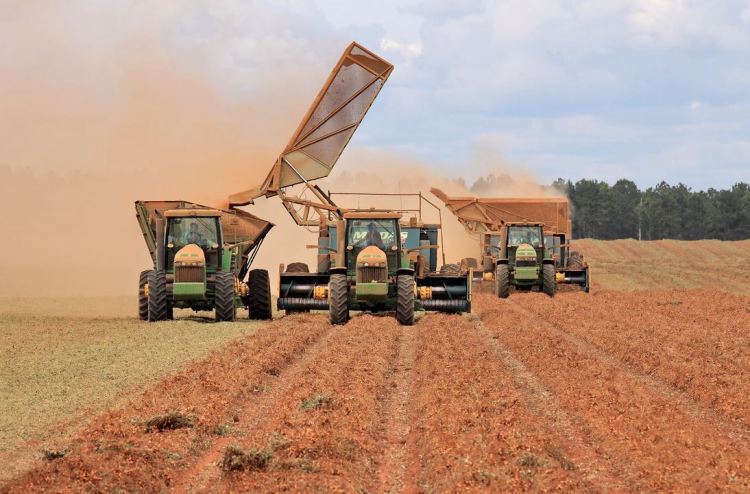 About Our County
About Our County
Created in 1828, Randolph County encompasses 429 square miles in Southwest Georgia and is home to 7,719 residents. Randolph is an agricultural county and ranks as the top wheat and sorghum grower in the state. Peanuts, cotton, soybeans, and corn are also important crops for Randolph.
U.S. Highways 82 and 27 traverse Cuthbert, which is one of the few municipalities in the country with a water tower in the middle of a federal highway (U.S. 82). The Cuthbert Historic District boasts architectural styles spanning most of the county's history.
The major industries in Randolph County produce animal feeds, concrete products, paper and boiler plate.
Randolph County is located in the Upper Gulf Coastal Plain. In most areas of the Gulf Coastal Plain the terrain is almost level with sandy loam soils. However, in Randolph these types of soils are limited to stream valleys. The soils located in stream former Miocene, Pliocene and Holocene swamplands (25 million to 2,000 years ago) can be extremely fertile. Because of their sandy structure, they were particular attractive to Native American farmers, who only had crude stone and bone tools with which to till the soil.
The Chattahoochee Red Clay Hills run through Randolph County. The terrain is much more undulating than in the adjacent flood plain and alluvial terraces adjacent to the Chattahoochee River. Streams tend to flow in a westerly direction through ravines. However, Randolph County does not contain the areas of extreme erosion and canyons as can be found in Stewart County to the north.
Most of Randolph County drains into the Chattahoochee River. The eastern edge drains into the Flint River. The Chattahoochee enters the county in its northwestern corner then flows southward along its western boundary with Alabama. Large Native American trade canoes and sea craft could navigate the entire section of the river in Chattahoochee County.
Randolph County’s major streams include Soapstone Branch, Hunt Branch, Brier Creek, Kitchen Branch, Jordan Branch, Tabor Branch, Mossy Branch, Bear Branch and Town Branch.
Randolph County is also the home of Andrew College, a private Methodist college and the second college in the nation to grant degrees to women. This college served as a Confederate hospital during the Civil War. In Cuthbert's Greenwood Cemetery are the graves of 24 Confederate soldiers who died at Hood Hospital. These soldiers are commemorated with a life-sized full figure marble sculpture of a confederate soldier. Andrew College, founded 1854, is located on Highway 82 west in Cuthbert.
Points of interest include the Fletcher Henderson house. Built in 1888, this house is the birthplace of jazz legend, Fletcher Henderson. The Romanesque Revival style Randolph County Courthouse was built in 1886 and is also a favorite stop for those interested in historical architecture.
The Fletcher Henderson Jazz Festival is staged annually in the fall and is one of the county's major events. Proceeds from the Fletcher Henderson Jazz Festival provide scholarships to deserving students pursuing or continuing a college education.
The Randolph Crossroads Festival is an annual event on the Cuthbert Square on opening deer season weekend. Everyone is invited to participate! Individuals, churches, organizations, and groups are encouraged to take advantage of this fundraising opportunity! Businesses are encouraged to bring their wares to the square or bring them out on the sidewalk. Residents are encouraged to come out and enjoy the fun and entertainment.
Cuthbert boasts a large collection of Victorian houses and is home to Fletcher Henderson Jr., an African-American leader in the jazz and swing movement.
Source: The New Georgia Encylopeida and Access Geneaology.



